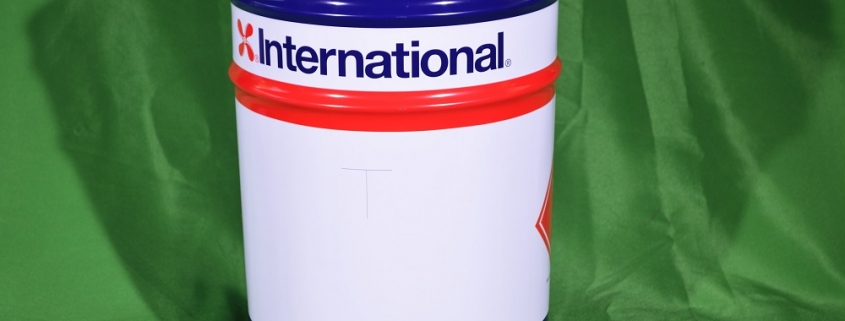What Are the Characteristics of Tinplate Packaging
At present, the packaging materials in the world are none other than tinplate boxes. Why? Because it has the following three characteristics:
1. Outstanding airtightness
The barrier properties of the packaging container to air and other volatile gases are very important for the retention of nutrient components and sensory quality. Comparing with various juice packaging containers, it is confirmed that the oxygen transmission rate of the container directly affects the browning of juice and the retention of vitamin C; metal cans, glass bottles, aluminum foil laminates, and cartons with low oxygen transmission rate can retain vitamin C Better, the tinplate box is the best choice in the meantime.
2. The reduction effect of tin
The tin on the inner wall of the tinplate will interact with the oxygen remaining in the container during filling, reducing the chance of oxidation of food ingredients. The reducing effect of tin has a good retention effect on the light-colored fruit, the flavor and color of the juice. Therefore, the juice cans packed in unpainted iron cans retain very good nutrients than those packed with other packaging materials, and the browning changes slightly. , The flavor quality is better tolerated, so the shelf life is extended.
3. Opacity
In addition to the adverse effects of light on food, it can also cause changes in protein and amino acids. And vitamin C is more easily irradiated by light to make it interact with other food ingredients, resulting in a lot of loss. According to research and analysis, the loss of vitamin C in transparent glass bottled milk is 14 times higher than that of dark bottled milk. Light will also cause milk to produce oxidative odor, as well as nuclides, methionine, etc., to lose nutrient value. The opacity of the tinplate makes the vitamin C retention rate very high.

 jjyixin
jjyixin jjyixin
jjyixin jjyixin
jjyixin